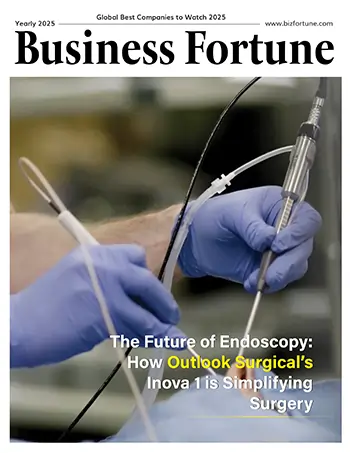Home Industry Nanotechnology As shown by hyperspectral micr...
As shown by hyperspectral microscopy, nanostructures give butterflies their colors
Nanotechnology

Business Fortune
12 September, 2024
A new method has allowed scientists to observe how butterflies acquire their colors.
Butterflies employ color for several vital purposes, such as mate selection signals and predator deterrent.
In charge of the groundbreaking new study was Dr. Annie Jessop, a post-doctoral scholar at Murdoch University's School of Mathematics, Statistics, Chemistry, and Physics. She claimed there were mysteries around the tiny structures that butterflies and many other insects used to create color instead of pigments.
The article "Elucidating nanostructural organization and photonic properties of butterfly wing scales using hyperspectral microscopy" is published in the Journal of the Royal Society Interface.
Dr. Jessop stated that butterflies and several other insects use nanostructures to generate color through a phenomenon called structural color.
Although they know many things about how these structures give rise to color, according to Dr. Jessop, they know very little about how these structures evolve within biological systems. Their goal was to create a technique that would enable researchers to quantify the color these structures produce as they grow. The size of the structures, for example, may then be inferred at different times based on particular structural characteristics.
Their study effectively illustrated how the suggested hyperspectral microscopy method can disclose the formation of light nanostructures in living organisms and has the necessary spatial, temporal, and spectral resolution to achieve this.
Depending on configuration, hyperspectral microscopy may capture in hundreds of different color channels and delivers spectral data for each picture pixel. This is not the same as multispectral imaging, which records in up to fifteen color channels, or traditional light microscopy, which only captures on 3 channels of color (red, blue, and green).
Dr. Jessop concluded that the microscope could measure the colors the structures produced over time, helping them to understand for the first time, how these tiny structures developed in living butterflies.


































